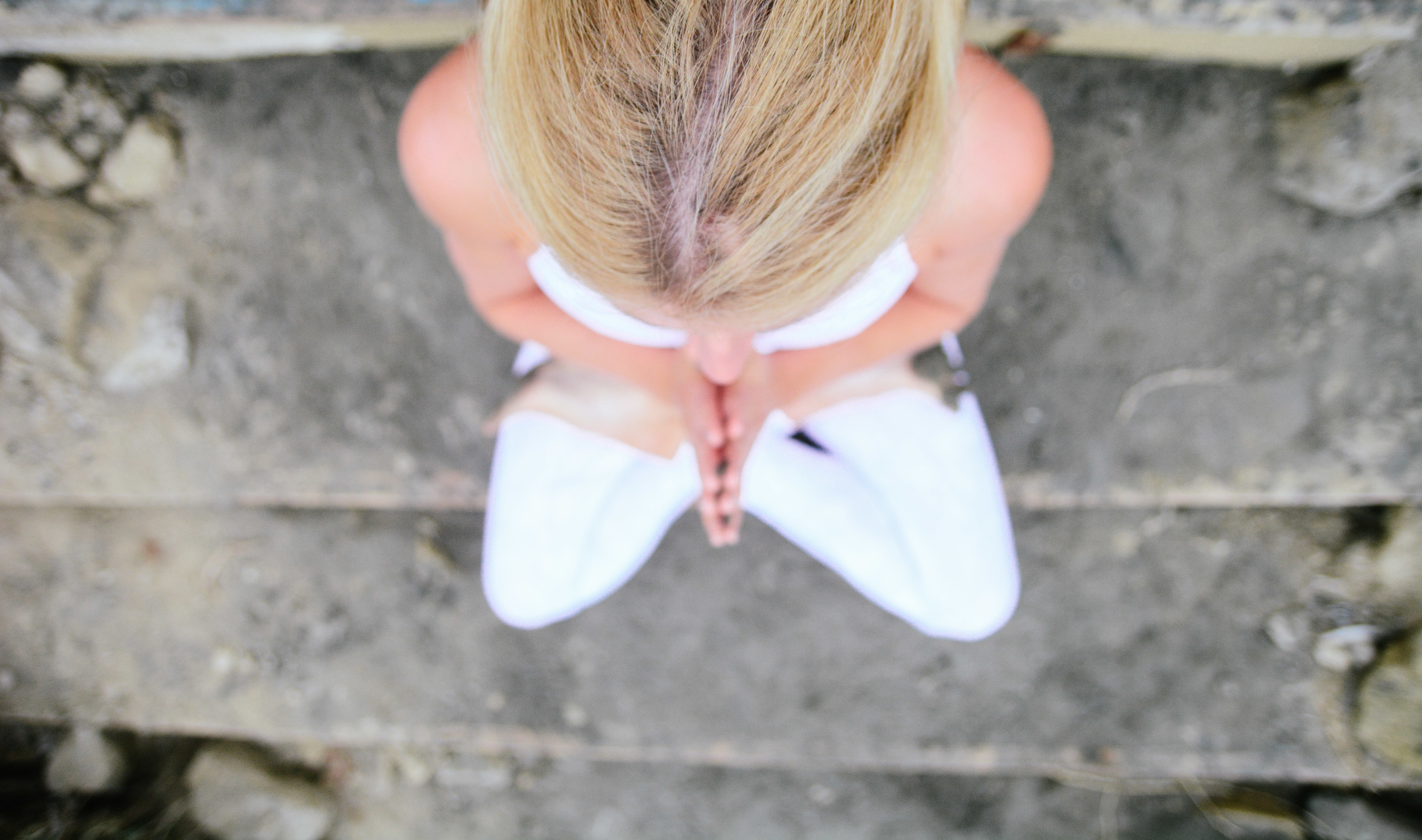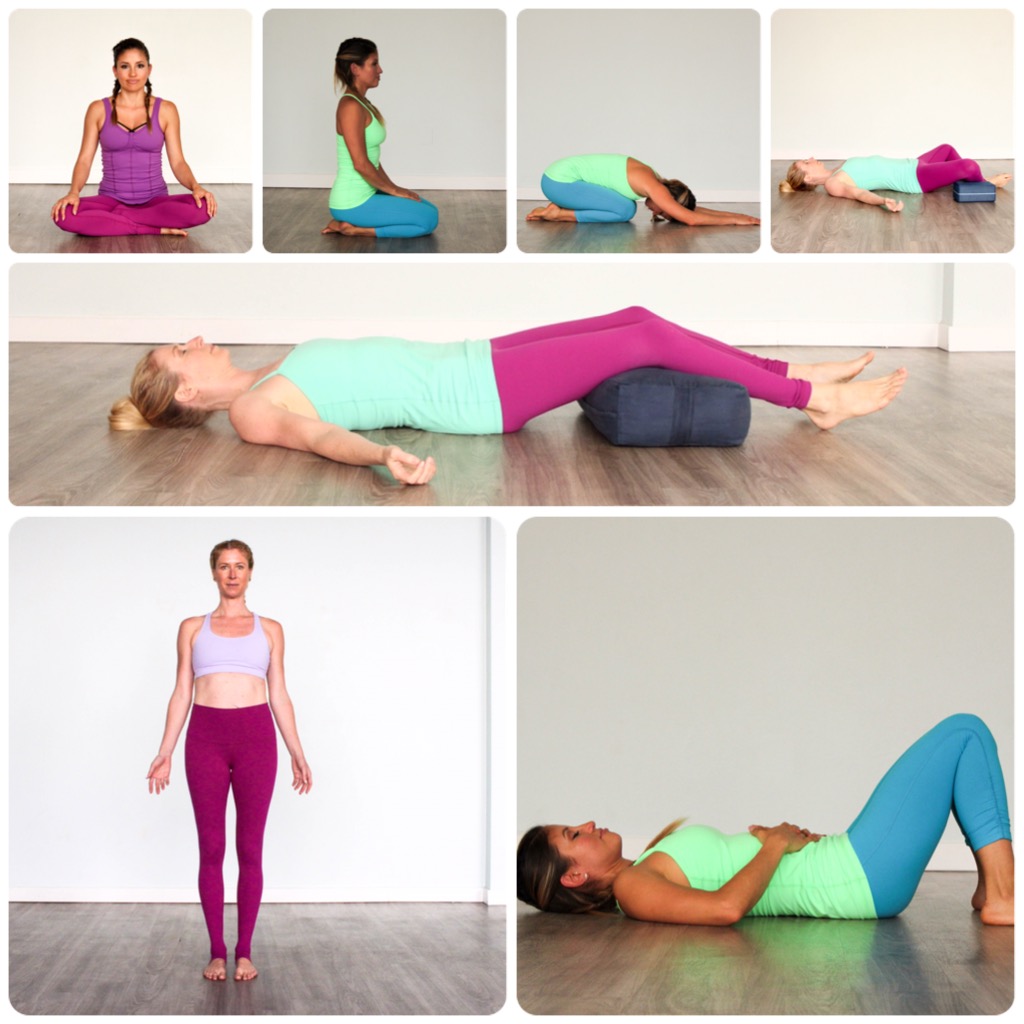
Creating Presence is a Key Ingredient of Great Yoga Classes
Teachers can use certain techniques at the very beginning of class in order to ground their students and help them find presence. There have been plenty of times when I can’t find a parking spot or am worried about not getting to class on time and come running into the studio like a crazed lunatic. Your students are not always in “yoga mode” when they roll in to class. It’s our job to neutralize the energy of the room so that everyone is centered and present. Artful attention to a few key points will help us teach great yoga classes by grounding our students and create an overall atmosphere of presence.
Self Awareness
Teachers are also coming to class from a variety of situations. There have been times when right before I’m scheduled to teach that I got in a fight with my husband, heard bad news about a friend or am completely exhausted with not much to give. But the show must go on. It is ideal to take a few minutes before you teach to either meditate or do your personal practice, but with a full schedule this can be extremely difficult. The few minutes at the very beginning of class are just as important for the teacher as it is for the students. Make sure you are breathing in a slow steady rhythm and thoughtful of all the words you are saying as the class begins. Whatever is going on in your personal life has no place in your yoga class. Leave all that at the door and enter the classroom on an even keel. Take the first few minutes to center everyone in the room including yourself.

Begin Class in a Comfortable Pose
The pic above shows several poses to start students comfortably in so that it’s easy to deepen the breath, let go of the surroundings and become more present. Great yoga classes begin with postures that are easy to breathe and relax in.
Tadasana (standing): Because their feet are on the floor, tadasana is a great way to ground your students. People spend a lot of time focused on their thoughts. When you bring the attention to the earth and the feet, we get out of our heads and focus on the body and breath. For example, a cue as simple as “feel both feet evenly pressing into the floor,” makes people more aware of how they are standing, bringing them into the present moment.
Sukhasana (seated cross-legged) & Vajrasana (seated on heels): Typically associated with meditation, starting class in a seated position helps students connect with the breath and brings focus to the spine. Sitting tall while breathing deeply will center students and prepare them for class. When teaching a room full of beginners, teachers might notice that it’s difficult for a majority of the students to sit comfortably in a seated position because of hip and low back tightness and/or knee discomfort so it’s best to start in a standing or reclined position.
Reclined: When starting class in a reclined position, there are several options for students to get comfortable. Reclined with the knees bent, feet hips width apart helps to relax the low back. Supta Baddha Konasana, with the soles of the feet together and the knees wide helps to stretch the hips and open the front of the body. Savasana creates a sense of peace and relaxation in the beginning of class. While the students are on their backs, put their focus on deepening the breath and bringing their awareness to the space the breath creates within the body.
Integrate Yoga Philosophy
The best way to bring philosophical concepts into your class authentically is when you are studying or focused on a particular idea in your own life. The beginning of class is a good time to highlight a focal point for the class that is not necessarily physical. Bring up yoga philosophy and spiritual concepts that are resonating with you during your personal yoga and meditation practice. Great yoga classes end with just a sentence or two to remind people that this is not just a physical practice.
Voice tone and modulation
An important factor for grounding people and creating presence is how the teacher uses their voice to begin class. We must speak loudly enough for everyone to hear but in a soft and natural tone. As the class progresses, the voice will project more but in the beginning it helps to speak in a calm and natural way.

Leave a Reply
You must be logged in to post a comment.